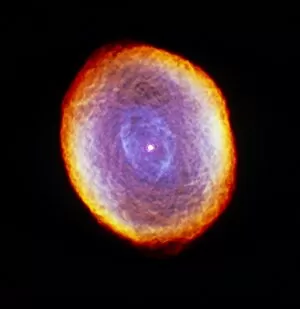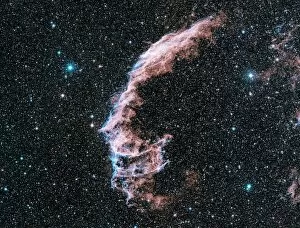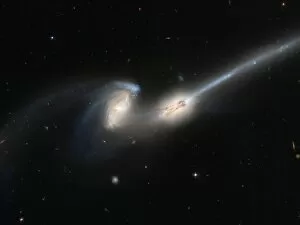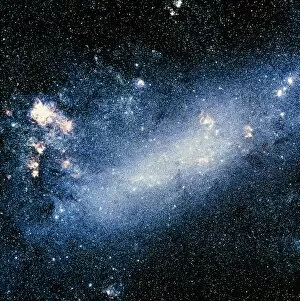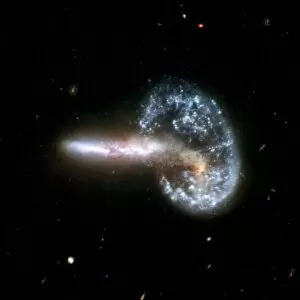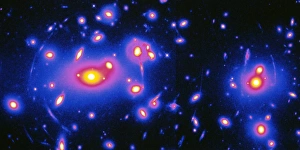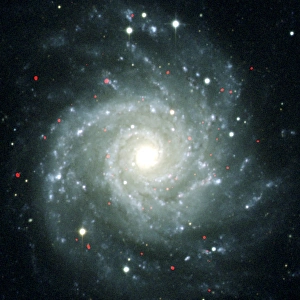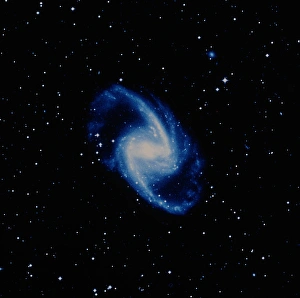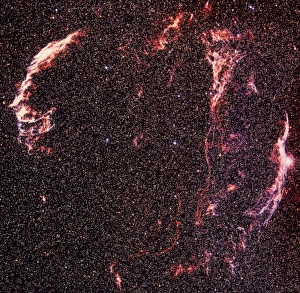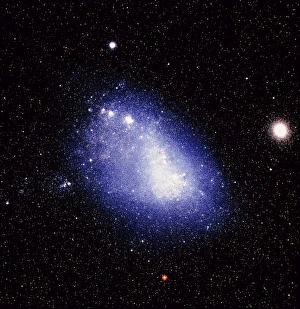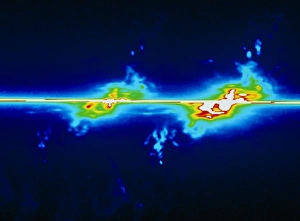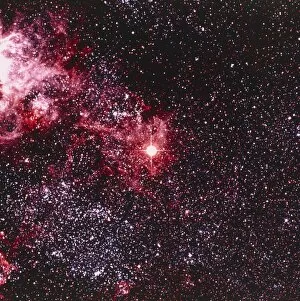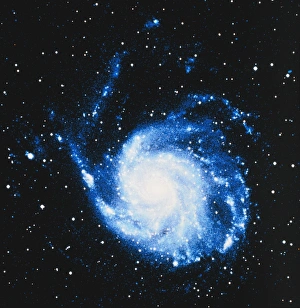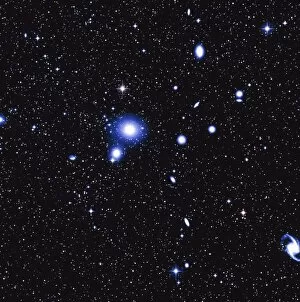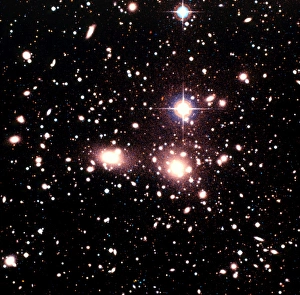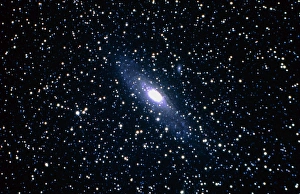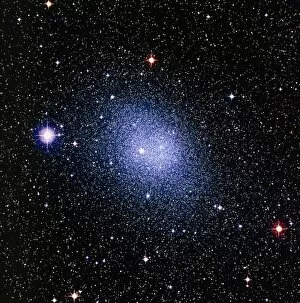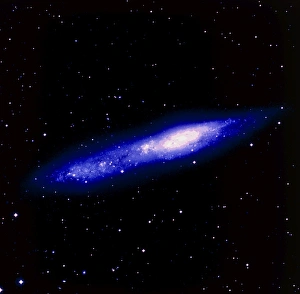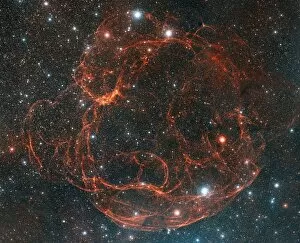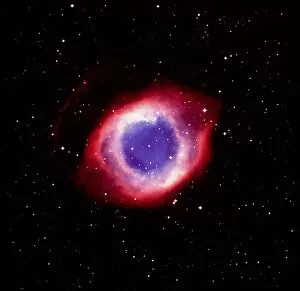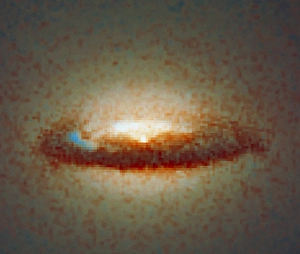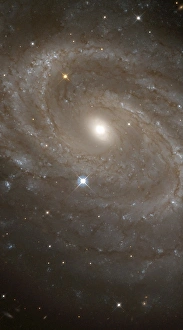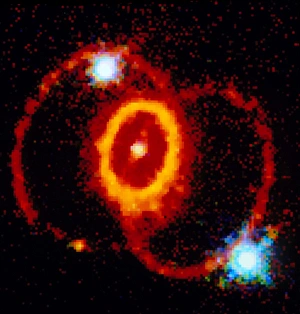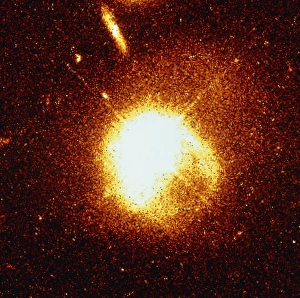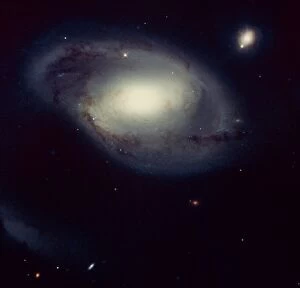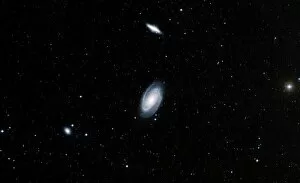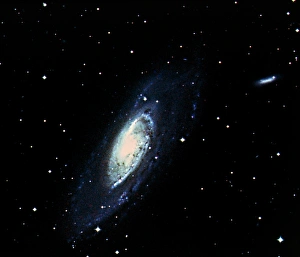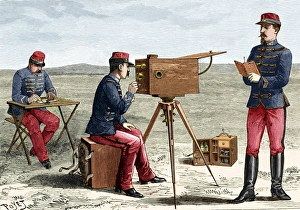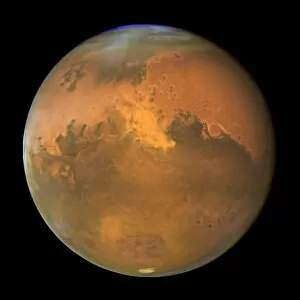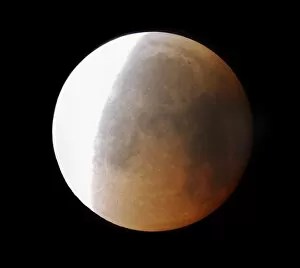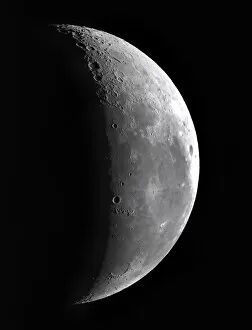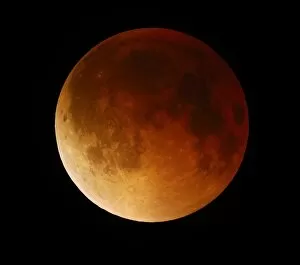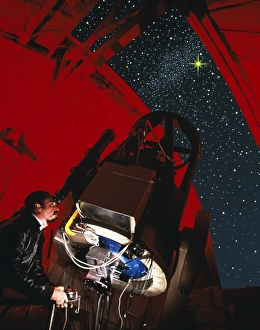Telescopes Optical Collection (page 8)
Telescopes Optical are an important tool in
441 items
All Professionally Made to Order for Quick Shipping
-
Telescopes Optical Collection
Telescopes Optical are an important tool in. They allow us to observe distant objects in the universe, such as stars, galaxies, and other celestial bodies. They use lenses or mirrors to collect light from a distant object and focus it onto a detector. This allows us to study the structure of these objects and learn more about them and are be used to measure distances between stars and galaxies, as well as detect planets orbiting other stars and can even be used for communication with spacecrafts that are too far away for radio waves to reach them. They have been instrumental in our understanding of the universe around us, providing invaluable data that has led to new discoveries about our place in the cosmos.
+
Our beautiful pictures are available as Framed Prints, Photos, Wall Art and Photo Gifts
The Telescopes Optical collection from Media Storehouse offers a stunning array of wall art and framed prints that showcase the beauty and wonder of space exploration science. Featuring high-quality images captured by some of the world's most advanced telescopes, our collection includes breathtaking views of distant galaxies, nebulas, stars, and planets. Whether you're an astronomy enthusiast or simply appreciate the awe-inspiring beauty of our universe, these prints are sure to captivate your imagination. From colorful depictions of supernovas to detailed close-ups of planetary surfaces, each piece in our collection is a testament to humanity's ongoing quest for knowledge about our place in the cosmos. With a range of sizes and framing options available, these prints make excellent additions to any home or office decor. So why not bring a little bit of outer space into your life with the Telescopes Optical collection from Media Storehouse?
+
What are Telescopes Optical (Space Exploration Science) art prints?
Telescopes Optical art prints are high-quality reproductions of stunning astronomical images captured by telescopes. These prints showcase the beauty and wonder of space, allowing viewers to appreciate the intricacies of our universe from a unique perspective. The images featured in these prints range from breathtaking views of distant galaxies to detailed close-ups of planets within our own solar system. These art prints are perfect for anyone with an interest in astronomy or space exploration, as well as those who simply appreciate beautiful artwork. They make great additions to any home or office, adding a touch of sophistication and intrigue to any room. We offer a wide selection of Telescopes Optical art prints, each printed on high-quality paper using state-of-the-art printing technology. With so many options available, there is sure to be a print that captures your imagination and inspires you every time you look at it.
+
What Telescopes Optical (Space Exploration Science) art prints can I buy from Media Storehouse?
We offer a wide range of telescope optical (space exploration science) art prints that are perfect for space enthusiasts and collectors alike. You can choose from stunning images captured by the Hubble Space Telescope, as well as other telescopes used in space exploration missions. These prints showcase breathtaking views of galaxies, nebulae, stars, planets, and other celestial bodies. Whether you're looking for a beautiful piece to display in your home or office or searching for an educational tool to inspire young minds about the wonders of our universe, we have something for everyone. Our collection includes high-quality prints on various materials such as canvas and fine art paper. Some popular options include "Pillars of Creation" by Hubble Space Telescope and "The Orion Nebula" by Spitzer Space Telescope. With so many amazing choices available at Media Storehouse, you're sure to find the perfect telescope optical print that will leave you awestruck every time you look at it.
+
How do I buy Telescopes Optical (Space Exploration Science) art prints?
To buy Telescopes Optical art prints from Media Storehouse, you can browse our online collection of images and select the ones that catch your eye. Once you have chosen the prints you want to purchase, add them to your cart and proceed to checkout. At this point, you will be asked for your shipping information and payment details. We offer a variety of sizes and framing options for their art prints, so make sure to choose the one that best suits your needs. We also offer a range of other space-themed products such as posters, canvas prints, and phone cases. If you have any questions or concerns about purchasing Telescopes Optical art prints from Media Storehouse, don't hesitate to reach out to our customer service team who will be happy to assist you with any queries or issues you may have.
+
How much do Telescopes Optical (Space Exploration Science) art prints cost?
We offer a wide range of Telescopes Optical art prints that are available at varying prices. The cost of these prints will depend on factors such as the size, framing options and the type of paper used for printing. Our collection includes high-quality images captured by NASA's Hubble Space Telescope and other space exploration missions. Our Telescopes Optical art prints are perfect for anyone who is interested in astronomy or wants to add a touch of outer space to their home or office decor. These stunning prints showcase the beauty and wonder of our universe, from distant galaxies to colorful nebulae. We take pride in offering affordable pricing without compromising on quality, ensuring that everyone can enjoy these breathtaking works of art. Whether you're looking for a small print or a large canvas, we have something to suit every budget and taste.
+
How will my Telescopes Optical (Space Exploration Science) art prints be delivered to me?
We take great care in delivering your Telescopes Optical art prints to you. We use high-quality packaging materials to ensure that your print arrives in perfect condition. Your print will be carefully rolled and placed into a sturdy tube for protection during transit. We work with trusted delivery partners who have years of experience in handling delicate items like artwork. Once your order is dispatched, you will receive an email notification with tracking information so that you can keep track of its progress. We understand the importance of timely delivery and strive to get your order to you as quickly as possible without compromising on quality or safety. Our team is always available to answer any questions or concerns you may have about your order. Rest assured that when you purchase from us, your Telescopes Optical art prints will be delivered safely and securely right to your doorstep.

